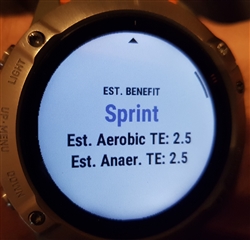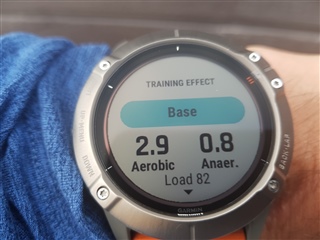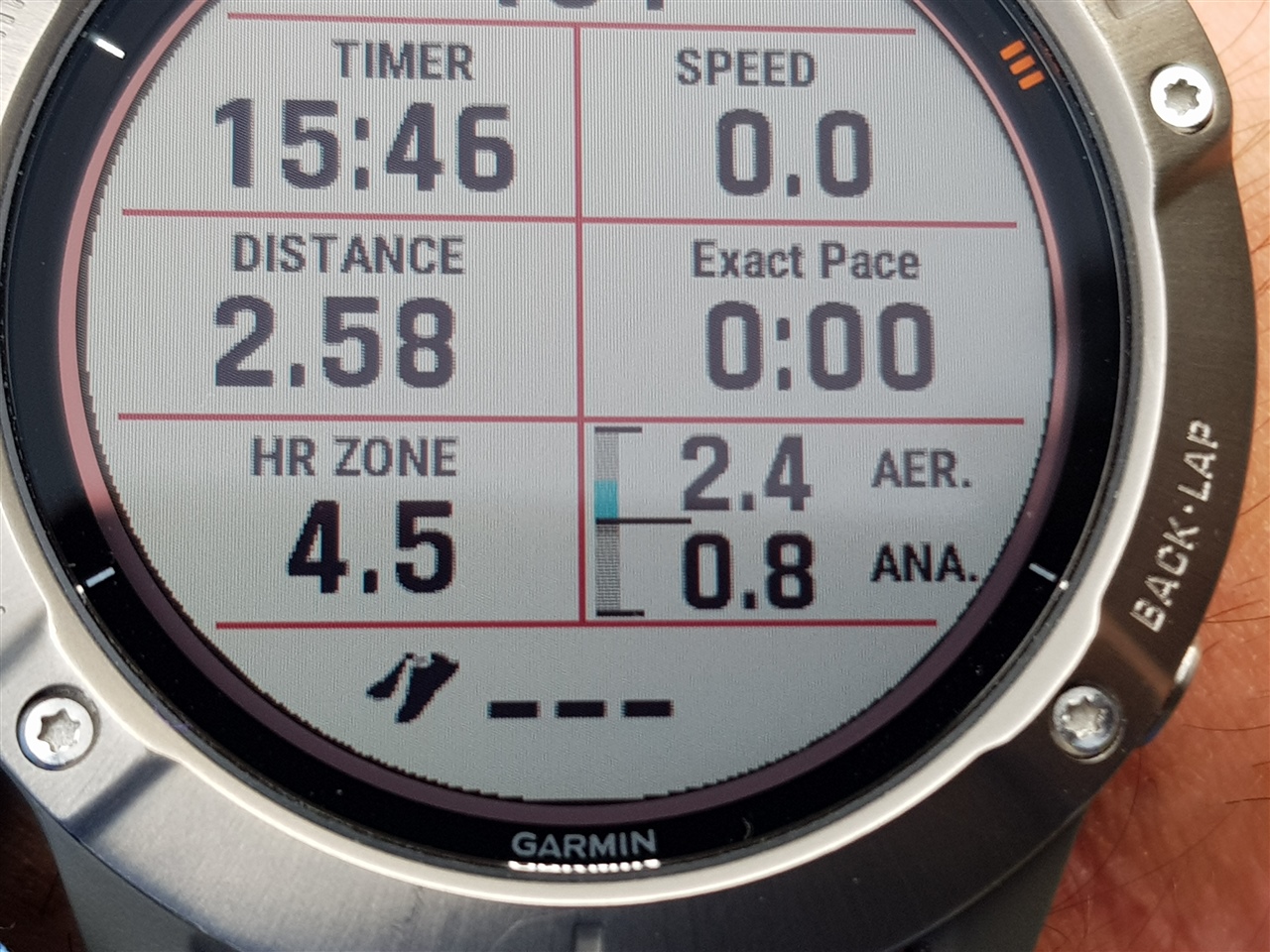I have posted some other threads about the delays in speed and pace on my Fenix 6X Pro Solar (software version is now 12.10 RC).
Today I tried to follow the suggested workout which was a Sprint workout called "3x3x0:[email protected]/h 55:00". Se picture:

The estimated benefit was like this:

I followed the instructions on the watch and ended up with this training effect result which I thought was strange... I noticed that the speedometer had really long delays while running.

I logged in to Garmin Connect on the web to look at the training and especially the pace diagram which shows targeted pace vs the watch pace. And there it is, the delays are there and mess up the interval training. The gray is targeted speed and the blue line is the pace that the watch shows. Several seconds delays. See this picture:
And if we look at the statistics for each interval we can see that the pace is totally wrong...
Garmin, please fix this...



